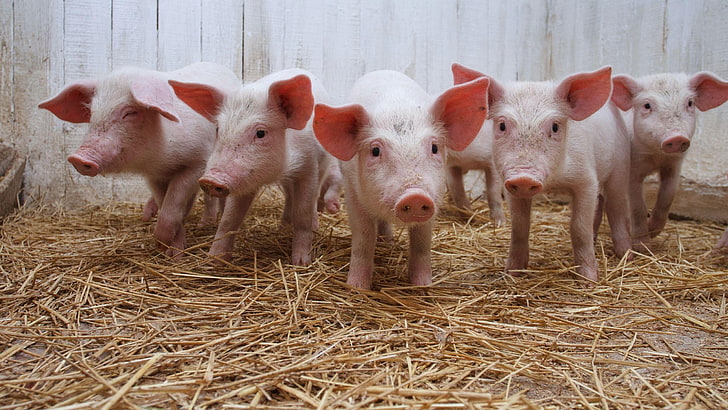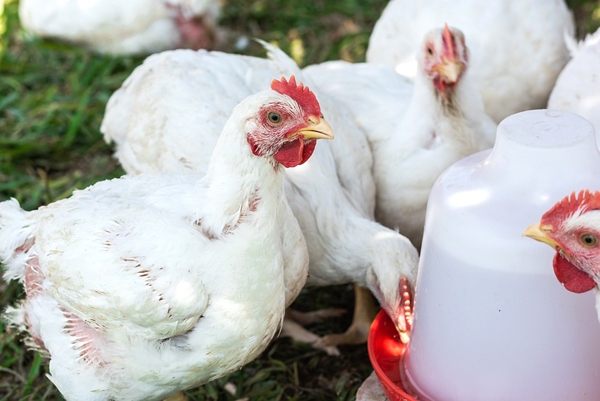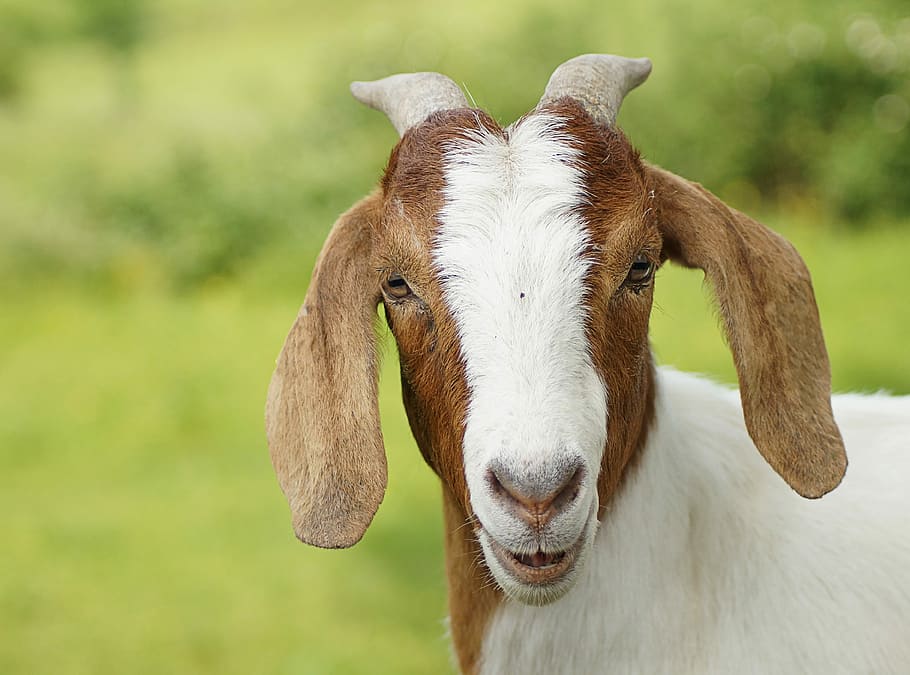Fauna
FAUNA ( terrestrial )
Wide variety of wild animals belonging to different groups are found in tripura. The richness of fauna could be attributed to its unique bio-geographical location and zoo-geographical position. Literature shows that there were large populations of rhinoceros, elephant, tiger, leopard, langurs and monkeys in tripura (Gupta, 2000).
The first scientific survey by Aggarwal and Bhattacharjee in 1977 documented 31 species and sub-species of mammalian fauna in the State. Bhattacharjee and Chakraborty (1986) recorded 56 mammalian species belonging to 9 Orders and 20 Families .The latest estimate by them put the number of land mammal species at 90, from 65 genera and 10 Orders (Gupta,2000). These constitute about 19, 48 and 100% of the total species, genera and orders of land mammals in India . Of a total of 15 species of non-human primate in India, 7(46.70%) are documented from tripura (Gupta, 2000). These also include some of the highly rare, endemic and endangered species, viz., Hoolock gibbon, slow loris, capped langur, Phayre’s langur, stump-tailed macaquae and pig-tailed macaque. The other endangered and threatened mammalian species in Schedule 1 of Wildlife (Protection) Act, 1972 are elephant, sloth bear, Indian wolf, Binturong, leopard, marbled cat, leopard cat, Chinese pangolin and serrow, etc.
Seven primate species have been documented in tripura out of a total 15 found in India. Of theseprimates slow loris and stumped tailed monkeys have become rare. Phayre’s leaf monkey (locally known as ‘Chashma Banar’), has a very restricted distribution in India, and is found in tripura. Hoolock gibbon is the only ape found in India, and its population has been rapidly dwindling in tripura.
Ornithofauna comprise 342 reported species in the State. The migratory birds are reported to be of 58 species. There is high diversity of birds of prey, frugivorous birds, marsh birds and flower peckers. In the aquatic ecosystem 47 species of fish have been recorded. Due to silting of river beds and filling up of wetlands, different species of marsh birds and fishes are on decline.
Survey has revealed that about 10% of plant species, and 21% of mammals are currently endangered. The cause include habitat loss and fragmentation, invasion by exotic, over-exploitation of resources and deforestation.
The total number of orders, families, genera and species of mammalian fauna in tripura, which are included in Schedule 1 of the Wildlife (Protection) Act, 1972 are 5(50%), 12(41%), 14(22%) and 18(20%) respectively. Similarly, 4(40%), orders 9(31%) families, 10(15%) genera and 14(15%) species of land mammals in tripura also form a part of Appendix 1 of CITES.
Apart from the rich diversity of mammalian species, tripura could be regarded as one of the unique habitats for a large number of varied bird species, reptilians, amphibians, fishes and invertebrates very similar to the entire North-Eastern Region. Mathur et al., (1993) reported 341 species of birds in tripura .Among other notable species, a rare bird ‘Himalayan Sterling’. Which is killer of locusts is also found here. Though exact accounts are not available but large variety of snakes such as cobra, krait, viper, python, lizards geiko, frogs, toads and invertebrates are found in tripura. Zoological Survey of India has compiled the list and it is learnt that it will be published very soon. Photo Gallery>>
The Department of Life Sciences of tripura University has prepared a list a insect and earthworm fauna which are related to plants and animals (Agarwala,2001).
Domesticated animal species diversity
Domesticated animals and birds along with wild animals play an important role in ecological cycle and economic lifestyles of population. In tripura, 15 - 20 domesticated species are observed. Most of these species are indigenous, but over a period of time, exotic varieties have been introduced mainly because of high productivity.
It is observed from the table 55 that the population of different animals has grown by 0.5% to 4.6%. Though the population has increased but productivity and size of these animals has been reduced (ARDD, 2001). This is an alarming situation. Exotic varieties have been introduced and the programme of crossbreeding has been taken up by the government to improve the quality of local breed.
|
|
|
|
|





